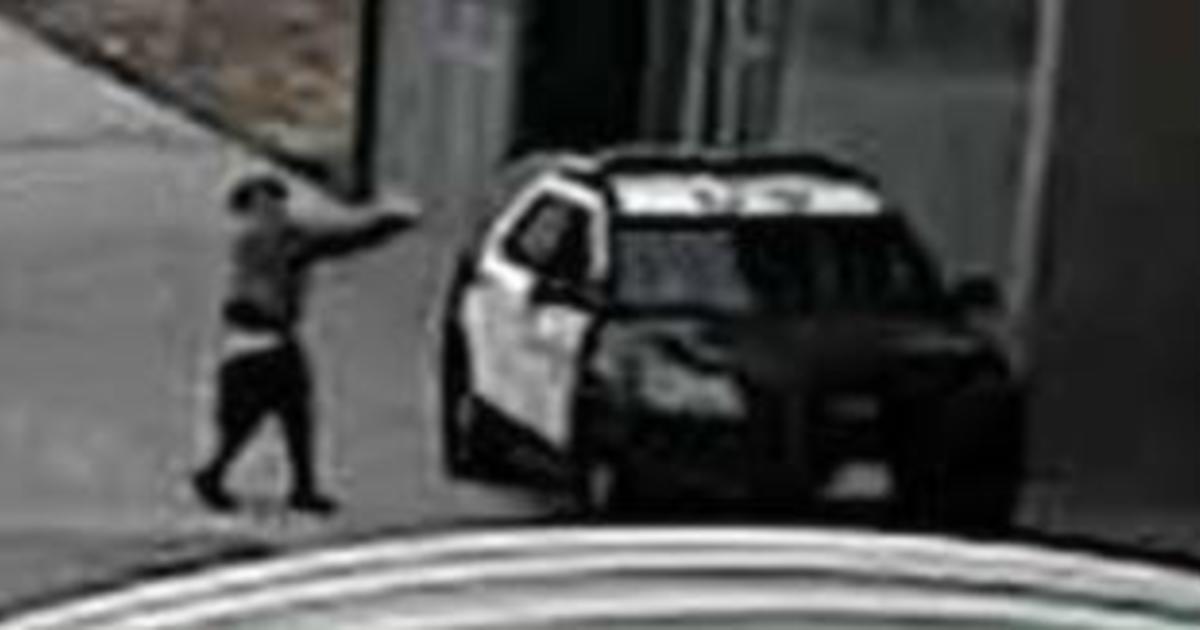

Jeffrey Haas’ account of this conversation with Johnson jumps right out from the inside cover of The Assassination of Fred Hampton: How the FBI and the Chicago Police Murdered a Black Panther. Johnson heard one officer ask, “Is he still alive?” After two gunshots were fired inside the room, the other officer said, “He’s good and dead now.”

Throughout the assault Hampton had remained unconscious (strong evidence emerged later that a paid FBI informant had given Hampton a sedative that prevented him from waking up) and after police forced Johnson out of the bedroom, two officers entered the room where Hampton still lay unconscious. Miraculously, Johnson had not been shot, but her account given to Haas was chilling. She had been sleeping in bed next to Hampton when the police attacked and began shooting into the apartment and towards the bedroom where they were sleeping. Haas went straight to the police station to speak with Hampton’s fiancée, Deborah Johnson, who was then eight months pregnant with Hampton’s son. In sharp contrast, the Panthers had shot once, from the shotgun held by Mark Clark, which had most likely been fired after Clark had been fatally shot in the heart and was falling to the ground. Police were uninjured and had fired their guns 90-99 times. Tragically, Hampton and fellow Panther Mark Clark had both been shot dead, and four other Panthers in the apartment had critical gunshot wounds. On the morning of December 4, 1969, lawyer Jeffrey Haas received a call from his partner at the People’s Law Office, informing him that early that morning Chicago police had raided the apartment of Illinois Black Panther Party Chairman Fred Hampton at 2337 West Monroe Street in Chicago.


 0 kommentar(er)
0 kommentar(er)
